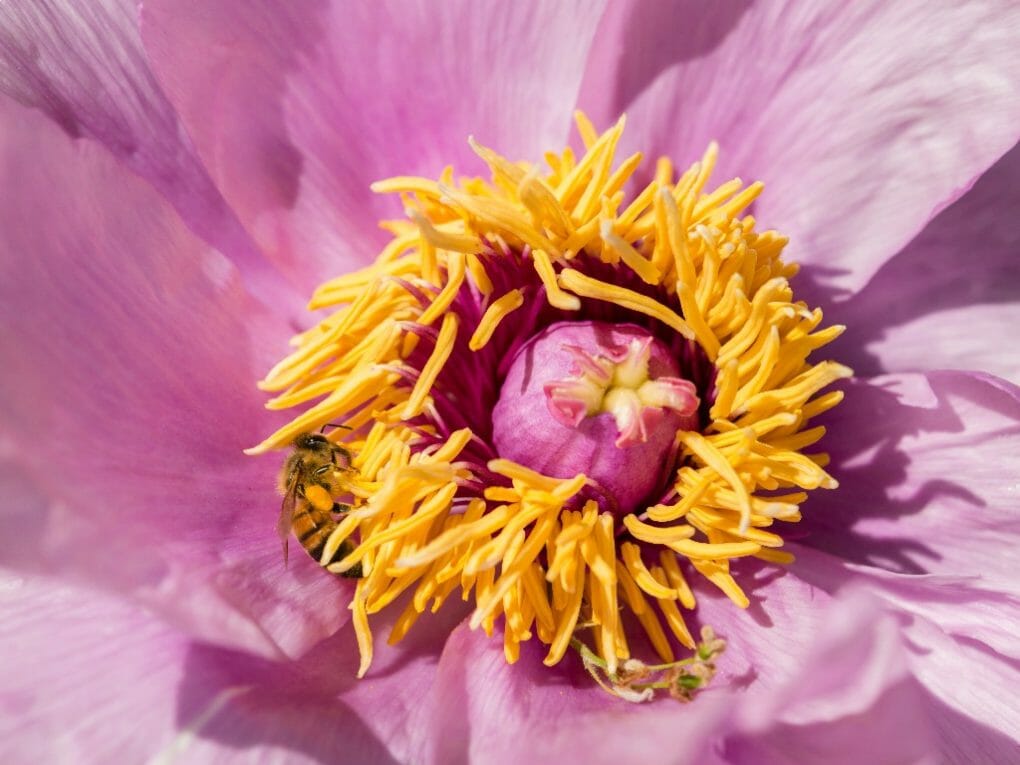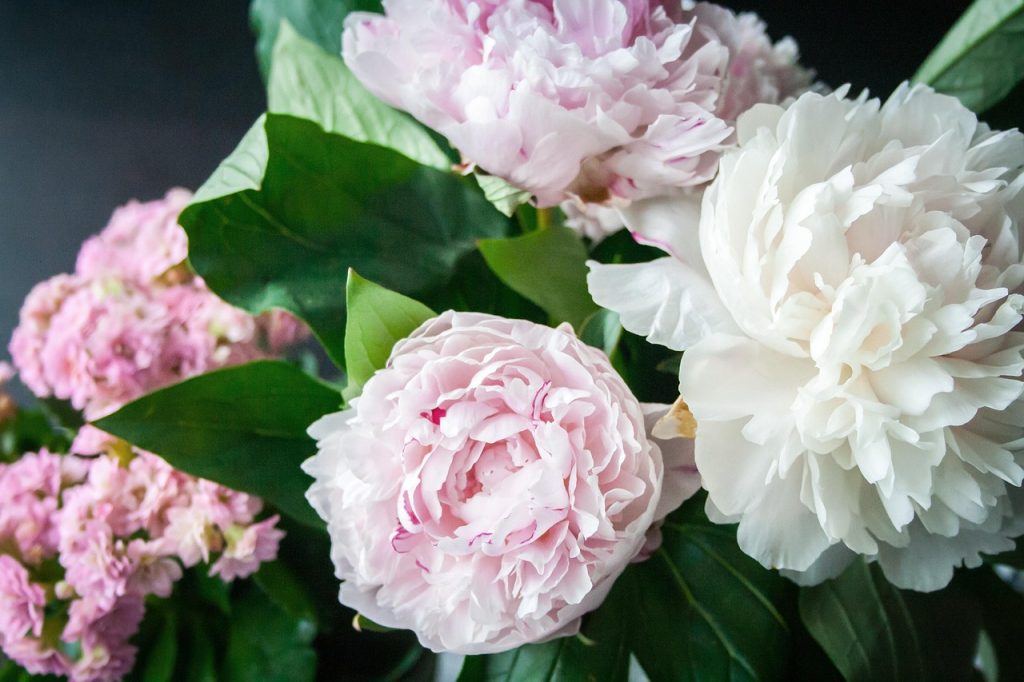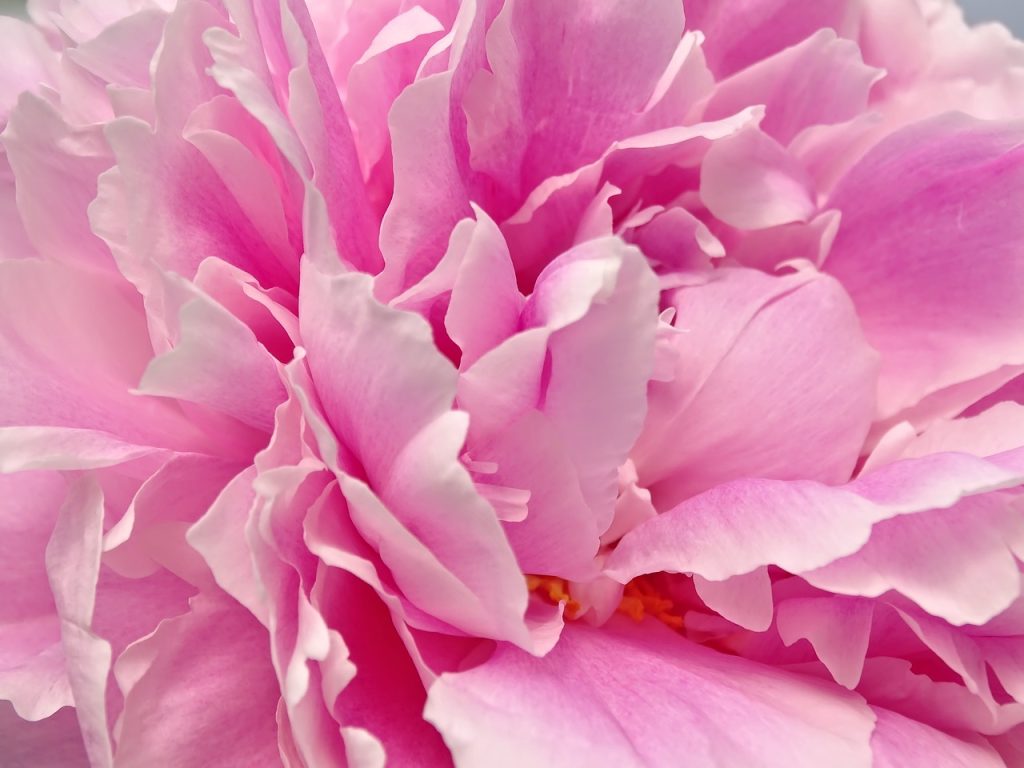What To Do With Peony Petals? Know What You Can Do With Peony Petals

There are many things that you can do with peony petals, some of which include: making tea, drying them for later use, sprinkling some over food when cooking, adding them to natural beauty products, and more. Ultimately, it depends on your preferences and the aesthetic you’re looking for. Find out more here!
Table of Contents
Uses of Peony Petals
Dry Peony Flowers
Good times, like peony season, never seem to last long enough. In many places, the spring blooms that are full and soft are done growing by June. You can keep your favorite flower for months or even years when you dry peonies. The drying process is pretty easy, whether you want to keep peonies that are important to you, like the ones from your wedding bouquet, or use dried peony petals in potpourri or crafts.
Peony petals can keep their delicate shape and ruffled edges when air-dried. Individual petals can be saved on a mesh screen or paper. Then, put the petals somewhere cool and dry until they become brittle.
You can also use silica gel to keep peony petals fresh. Use the same method as when you dry whole peonies:
- Place the petals carefully between layers of silica gel crystals.
- Cover the container.
- Check on the petals in about a day.
Pressing Peony Petals
From a preservation point of view, pressing flower petals is the same as letting them air dry, but it may take a week or more to dry completely. Try this if you have time, and don’t mind if the petals flatten out instead of keeping their original shape. (This isn’t the best way to press whole flowers because peonies are too full-bodied.)
Place petals between two layers of tissues, printer paper, or blotting paper and put heavy books on top, or put the paper-wrapped flowers between the pages of a large book. Put something heavy on the book and check on the petals in about a week.
Uses for Dried Peony Petals
Once your peony petals are dry, you can put them in a warm bath, put them in candles you make yourself, or break them up to put in potpourri or sachets for your sock drawers or closets. Or, if you dry peonies whole, you might like the way they look when they are grouped in a dried bouquet. Peonies can be harmful to animals if they eat too many of them. If you have pets that like to nibble on things, don’t put out a bowl of peony potpourri or a dried peony bouquet.
Edible Uses
Dried flowers that can be eaten taste great in cakes, other sweets, and jelly, and many of them make great teas. You could mix green and black teas with herbs to make your tea blends.
Making Teas from White Peonies
The Camellia sinensis plant is used to create white peonies. Antioxidants, caffeine, L-theanine, chlorophyll, minerals, vitamins, and other compounds are all present, just as they are in other genuine teas. Scientists are beginning to think that white tea may have even more antioxidant power than green tea. The catechin content of white tea varies widely, from 14.40 mg to 369.60 mg per gram of dried leaf. How you brew your tea also affects the concentration of catechins in your finished product.
White peony usually requires boiling water and two to three minutes of steeping time. It’s possible that more catechins can be extracted at higher temperatures and longer steeping times. According to the research, White Peony has the highest concentration of free amino acids and the same concentration of EGCg as Shou Mei when brewed at 194°F. White peony, unlike Silver Needle (made entirely of buds), is full of beneficial antioxidants and other nutrients.
Many positive health effects can be attributed to catechins. Potential health benefits include:
- Protection for the skin, heart, and teeth.
- Prevention of free radical damage.
- Reduction of inflammation.
- Weight loss.
White tea is highly sought after for its potential to protect the skin from premature aging and sun damage.
Peony Jelly
Gather three to four cups of the fragrant petals to begin making peony jelly, just as you would for any other floral jelly. It would take you all afternoon to collect (and clean) the same quantity of dandelions or violets for jelly, but you’d only need a few seconds to make peony jelly. You’ll only need a handful of peony flowers, as each flower head is packed with petals.
Peony Jam
Some preserves have fragrant peonies added to them. For example, the link below tells about strawberry and peony jam. This recipe adds peony syrup to strawberry jam to make it look and taste more interesting.
Peony Ice Cream

Peony petals have also been used to make a sweet treat with ice cream. This recipe uses peony petals to make strawberry ice cream.
Peony Cocktails
Lastly, some peony growers who like to eat and drink adventurously have found ways to use some peonies’ petals in various tasty drinks.
Fermented Peonies
Some peony growers have taken the extra step of fermenting the petals of some peonies to create a unique and different product. Fermented peony flower vinegar has a far better taste, texture, and nutritional health function than regular peony flower vinegar since the fermenting process dissolves the peony flowers’ nutritional health elements.
Use of Peonies in Herbal Medicine
Peonies, especially Chinese ones, have been used as herbal medicines for a long time. Ingredients that treat a wide range of illnesses and conditions have been found in these plants.
But you shouldn’t make your peony tea because dosages are hard to check, and you might do more harm than good. If you are interested in traditional medicine, you should talk to a professional who uses it.
Cleaning
Dried flowers are great to use in cleaning products you make yourself. They also go well with scents of citrus and mint.
Sachets
Make small sachets with scents to put in dresser drawers and closets. You can make some that don’t need to be sewn by tying small muslin or fine mesh bags.
Gifting
Dried flower stems look beautiful on top of a package, in the middle of a bow. You could also put dried flowers in your gift card.
Celebrations
Use dried flowers as the centerpiece of a table setting. As the focal point of a table arrangement, try using some dried flowers. The addition of a large bowl filled with hibiscus flowers or a basket full of lavender flowers, for instance, may lend a vibrant splash of color to a side table or dinner setting. Pick flowers with a strong scent around the house and flowers with a weaker scent for the dinner table, so they don’t mask the smell of the food.
Potpourri
A potpourri can be made by putting together different colors and textures. Fix the scent by adding something like orris root, and if you want, add essential oils to make it smell even better.
Make Candles
Dried flowers are easy to add to the molds if you make your own candles. But even if you don’t know how to make candles, you can decorate the outside of plain candles with dried flowers. Just crush the dried flowers and put them on wax paper. After you have poured a little amount of the melted wax over the flowers, roll the candle in the flowers to coat it.
Papers
If you want to make your paper, you can also use dried flowers. Or, to make your cards, use a little glue and a paintbrush to put dried flowers on good quality (fairly heavy) cardstock. (Picking up the flowers with tweezers helps.) You may use dried flowers in scrapbooking as well.
Dyes
Some dried flowers are great for dying fabric and Easter eggs. Try hibiscus flowers for a reddish blue or lavender color and safflower petals for a light yellow color. An acidic, like alum or cream of tartar, can help your color last longer.
Peonies for Health and Beauty

Dried flowers are a key part of the best herbal baths. You can sprinkle them right into the bathwater or make a herbal infusion and pour that into the bath. Herbal flower infusions are also used as the base for many lotions, toners, bath salts, facial steams, masks, herbal hair rinses, and sprays used for body care.
There are more things you can do with garden peonies. Some peonies can be eaten, but only in small amounts. They can also be used to make your health and beauty products.
Peony Sugar Scrub
This is easy to put together. Mix peony petals and sugar to make an exfoliant scrub. If you add some sweet almond oil or oil, your scrub will also moisturize your skin.
Peony Bath Salts
If you produce peonies, you can also manufacture bath salts out of the petals, which may be used for a soothing soak whenever you want to unwind.
Peony Bath Bombs
Or, if you want an extra special bath, you could try making your peony bath bombs.
Peony Bar Soap
You might even be able to add peonies to your cold-process or hot-process soap. There are endless possibilities for using peonies in natural beauty products!
Peony Essential Oil
If you have a distiller, you might be able to make your essential oils from flowers in your garden. This is a step up in your DIY skills.
